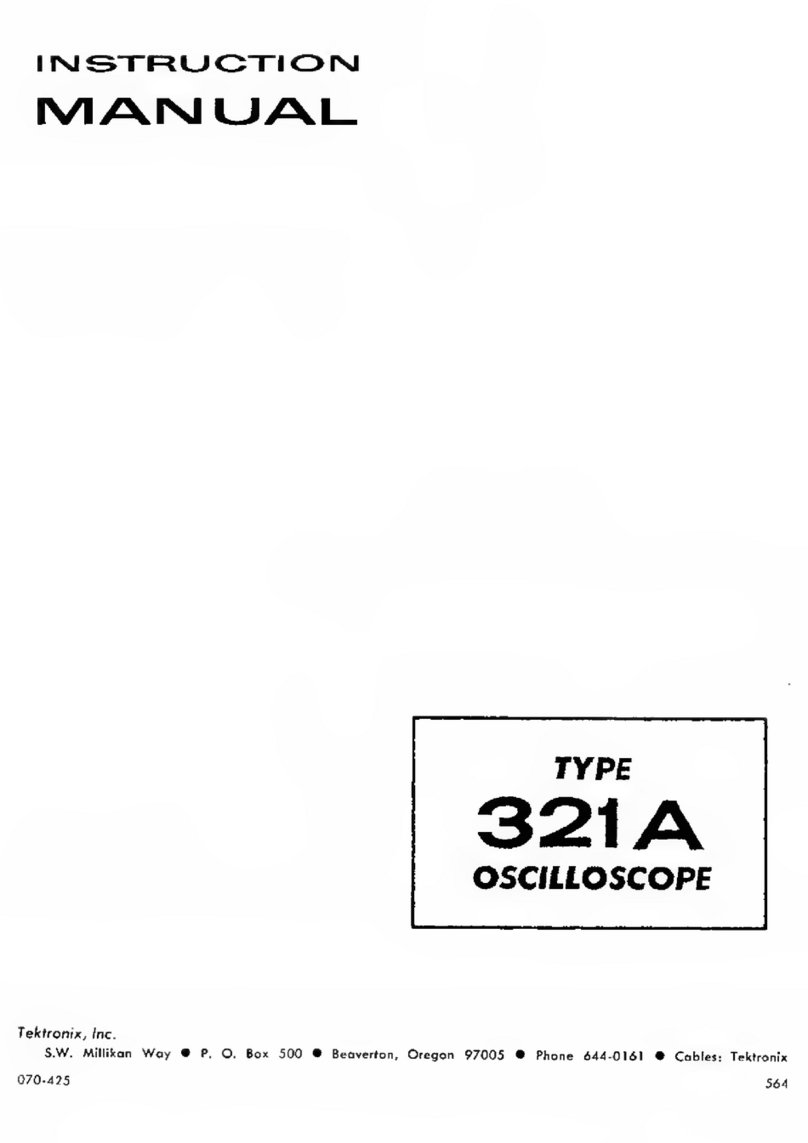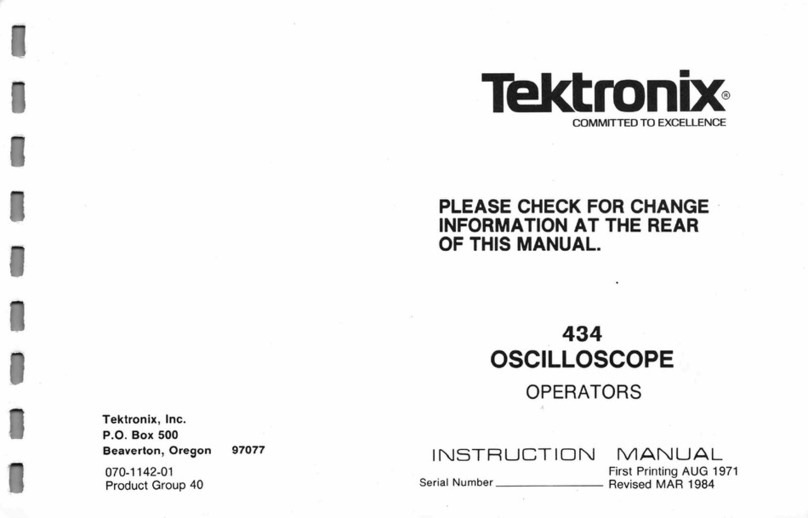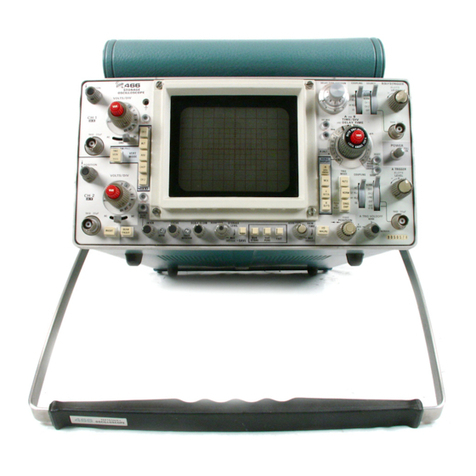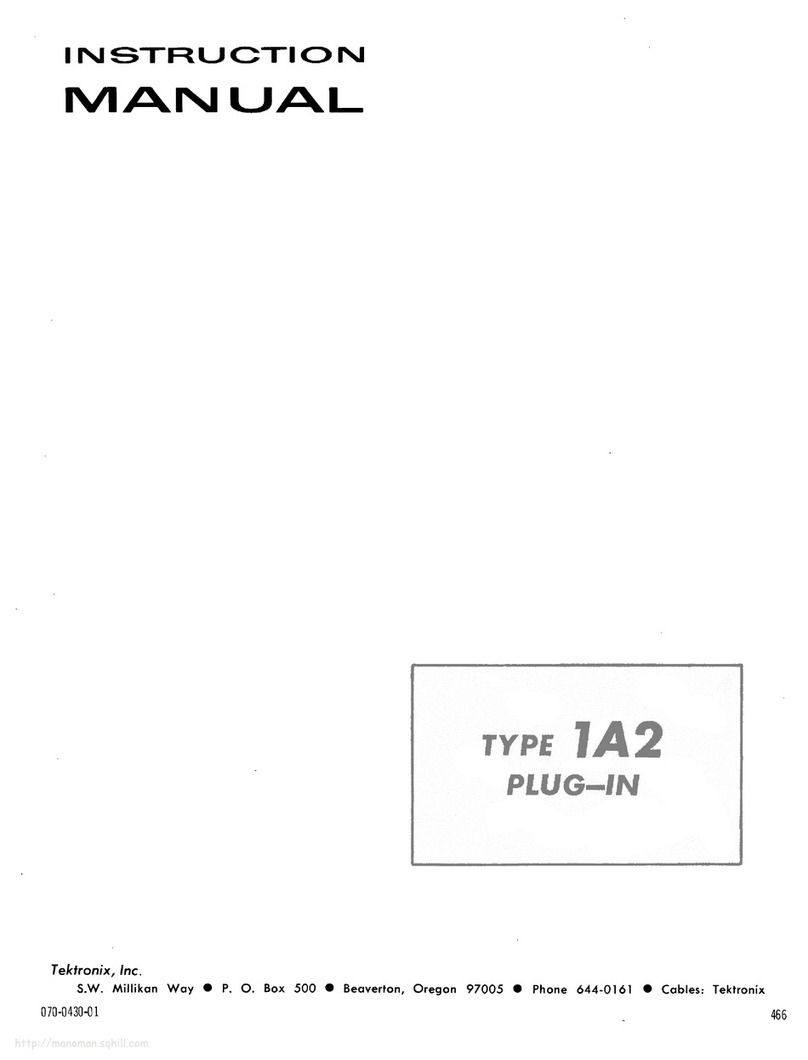Tektronix 485 User manual
Other Tektronix Test Equipment manuals
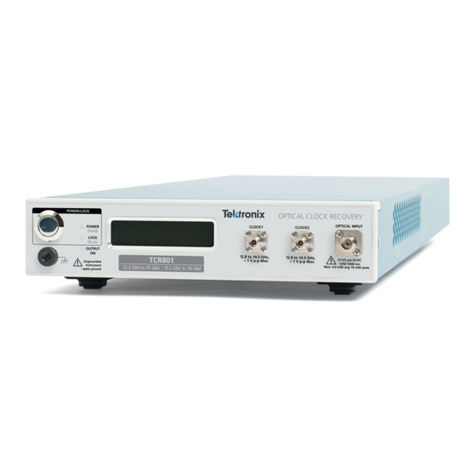
Tektronix
Tektronix TCR801 Manual
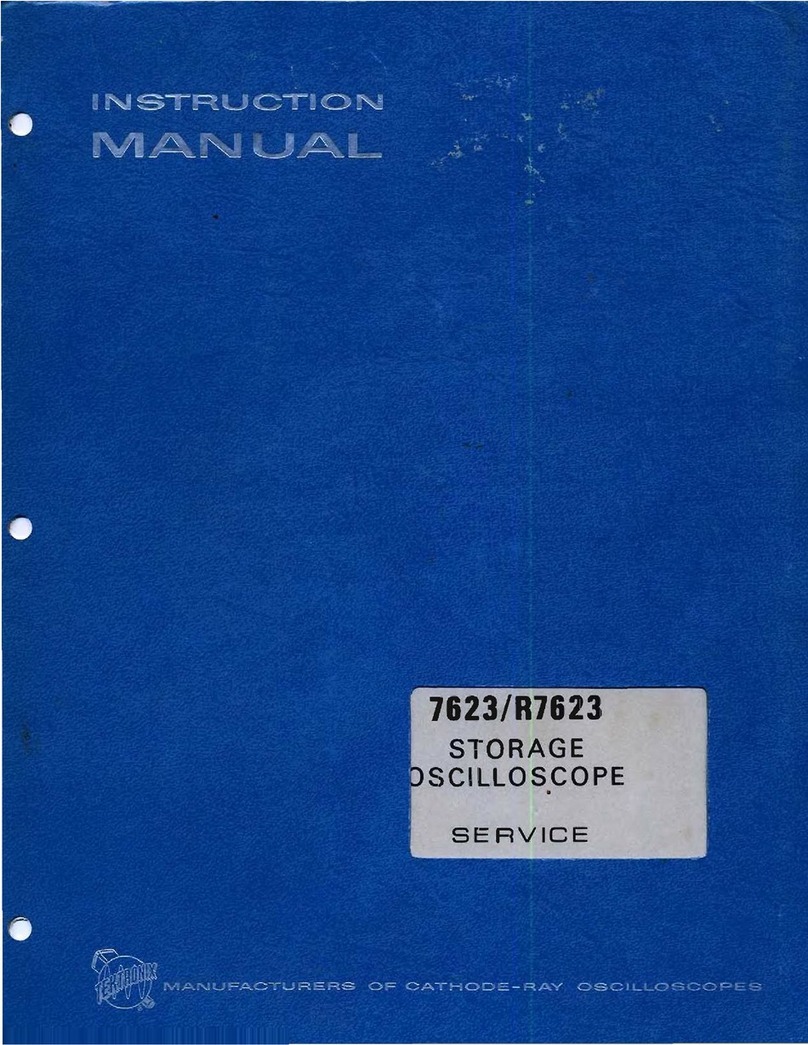
Tektronix
Tektronix 7623 User manual
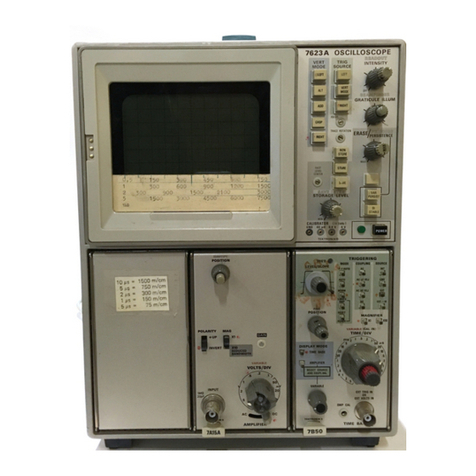
Tektronix
Tektronix 7623A User manual
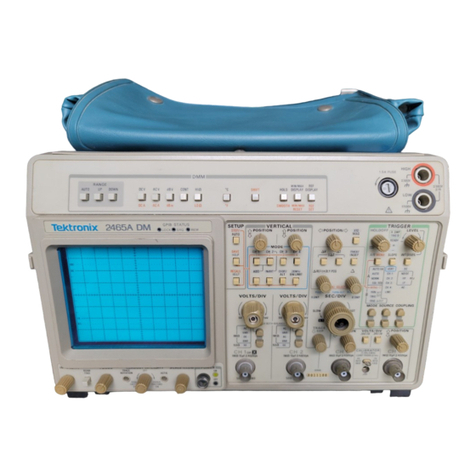
Tektronix
Tektronix 2465A User manual

Tektronix
Tektronix ST2400A User manual

Tektronix
Tektronix TDS3012C-NV User manual
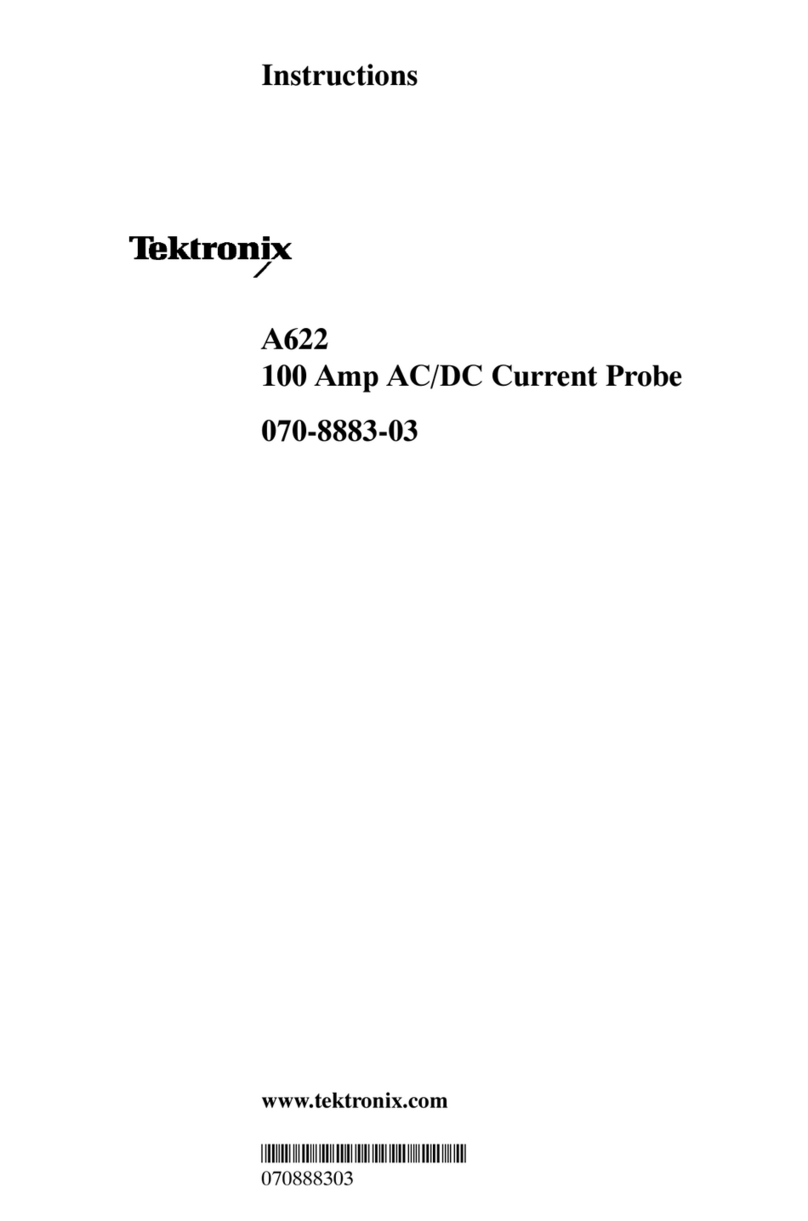
Tektronix
Tektronix A622 User manual

Tektronix
Tektronix TDS 700A User manual
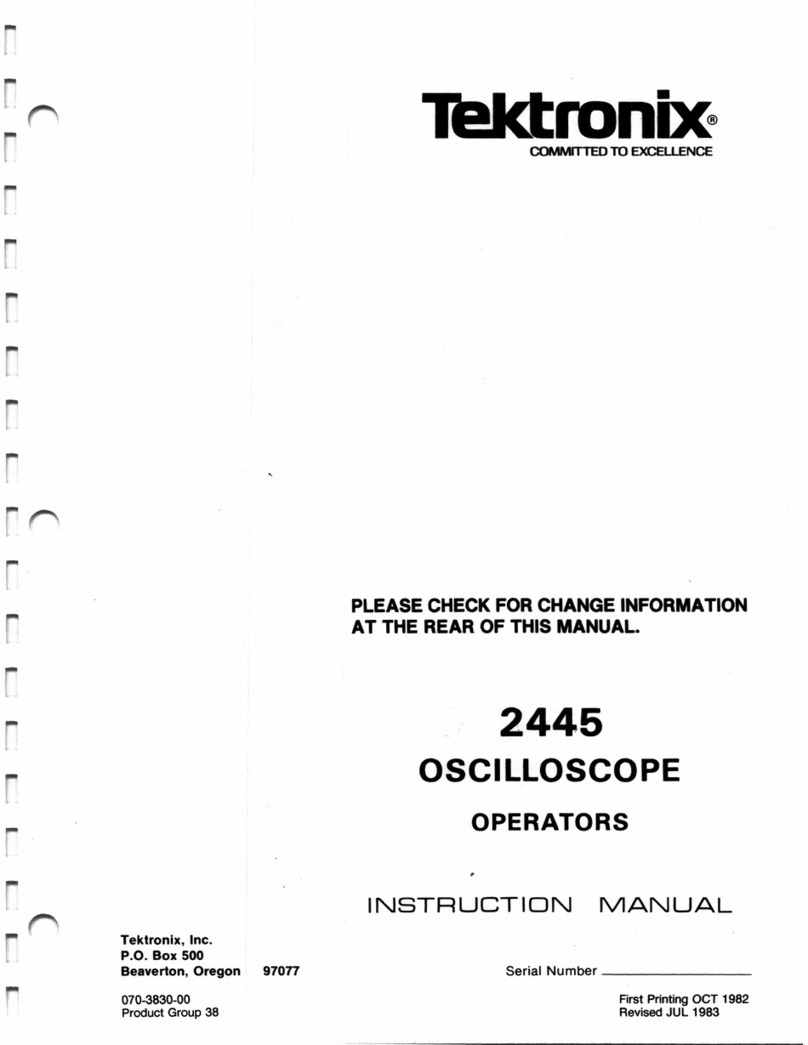
Tektronix
Tektronix 2445 User manual
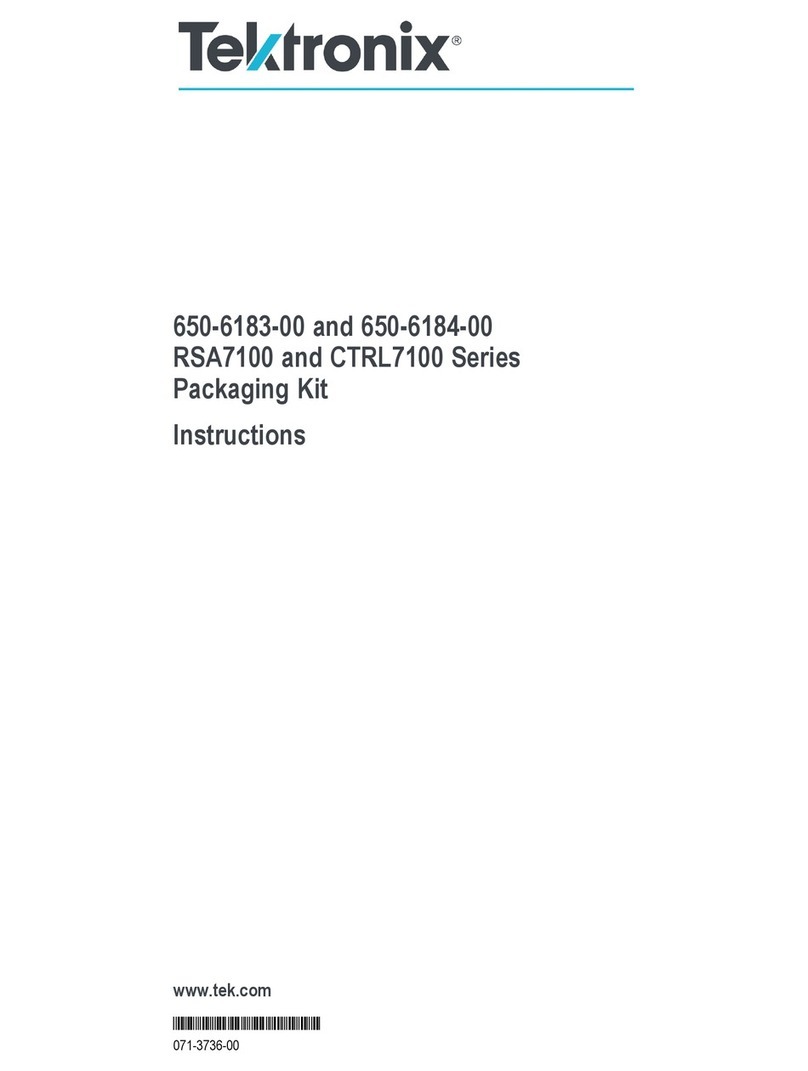
Tektronix
Tektronix CTRL7100 Series User manual

Tektronix
Tektronix MTS4000 MPEG Use and care manual
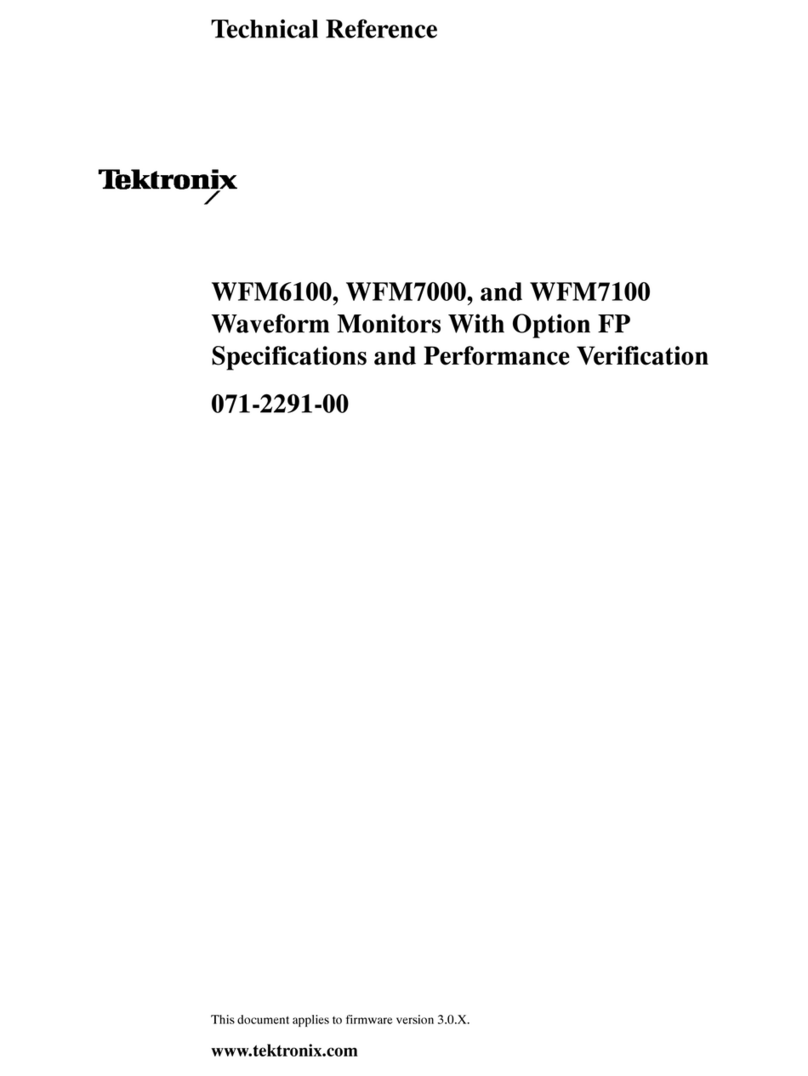
Tektronix
Tektronix WFM6100 Opt. MB Use and care manual
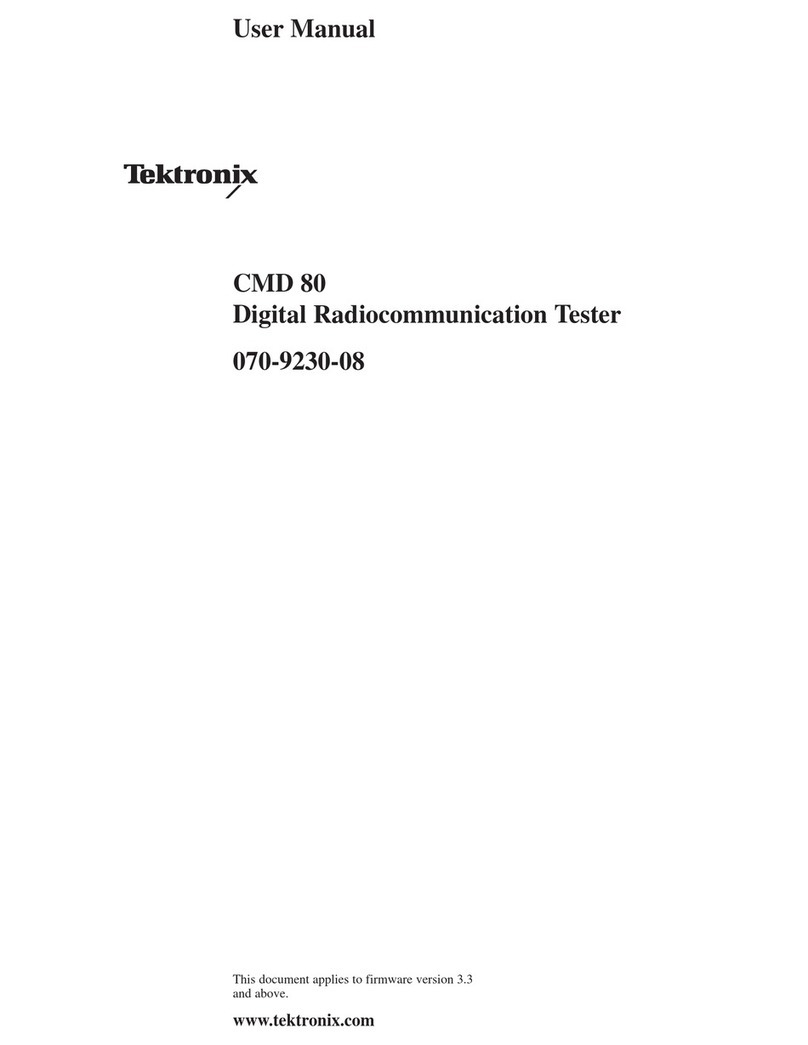
Tektronix
Tektronix CMD 80 User manual
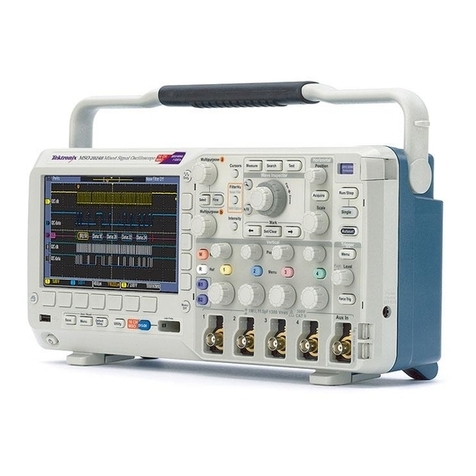
Tektronix
Tektronix DPO2000 Series User manual
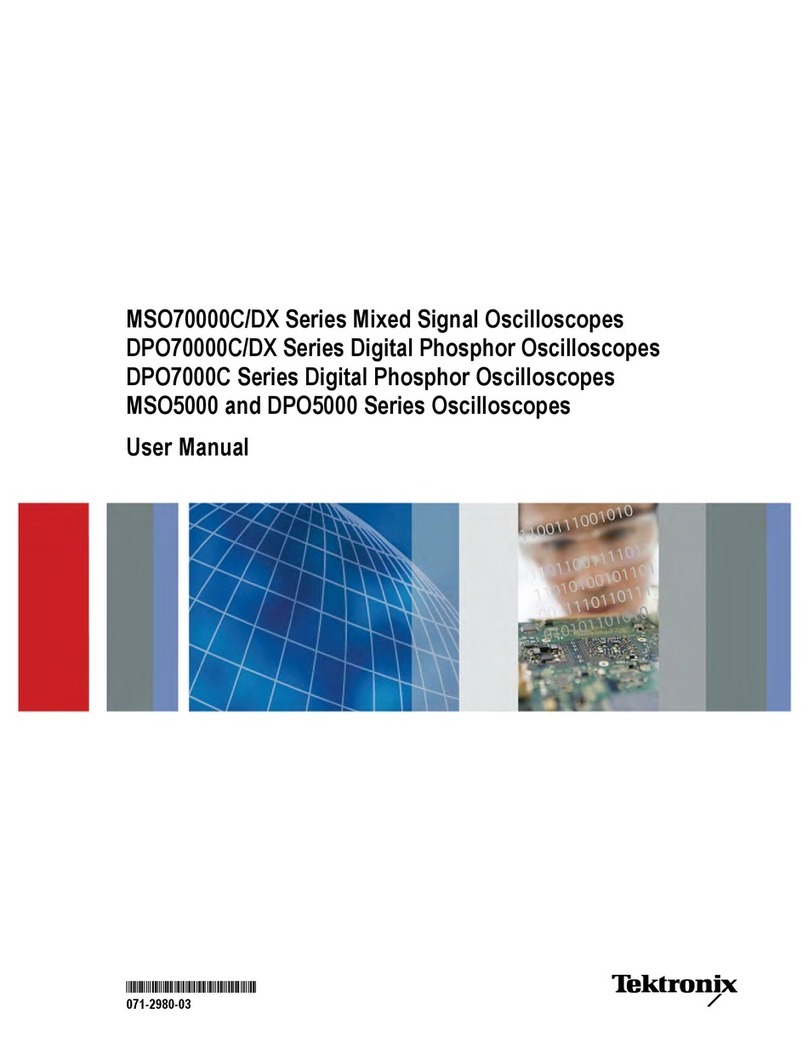
Tektronix
Tektronix DPO70000C/DX User manual
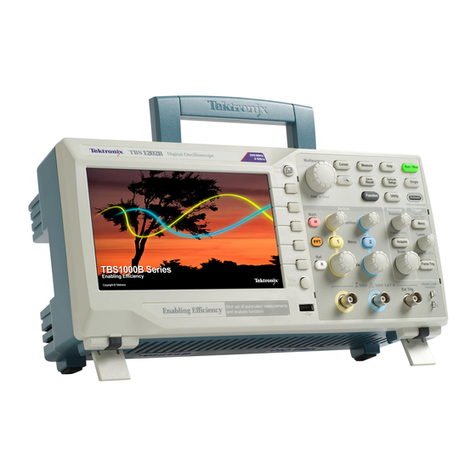
Tektronix
Tektronix TBS1032B User manual
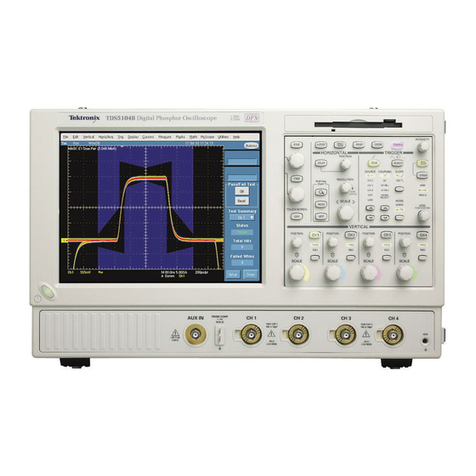
Tektronix
Tektronix TDS5000B Series Reference guide
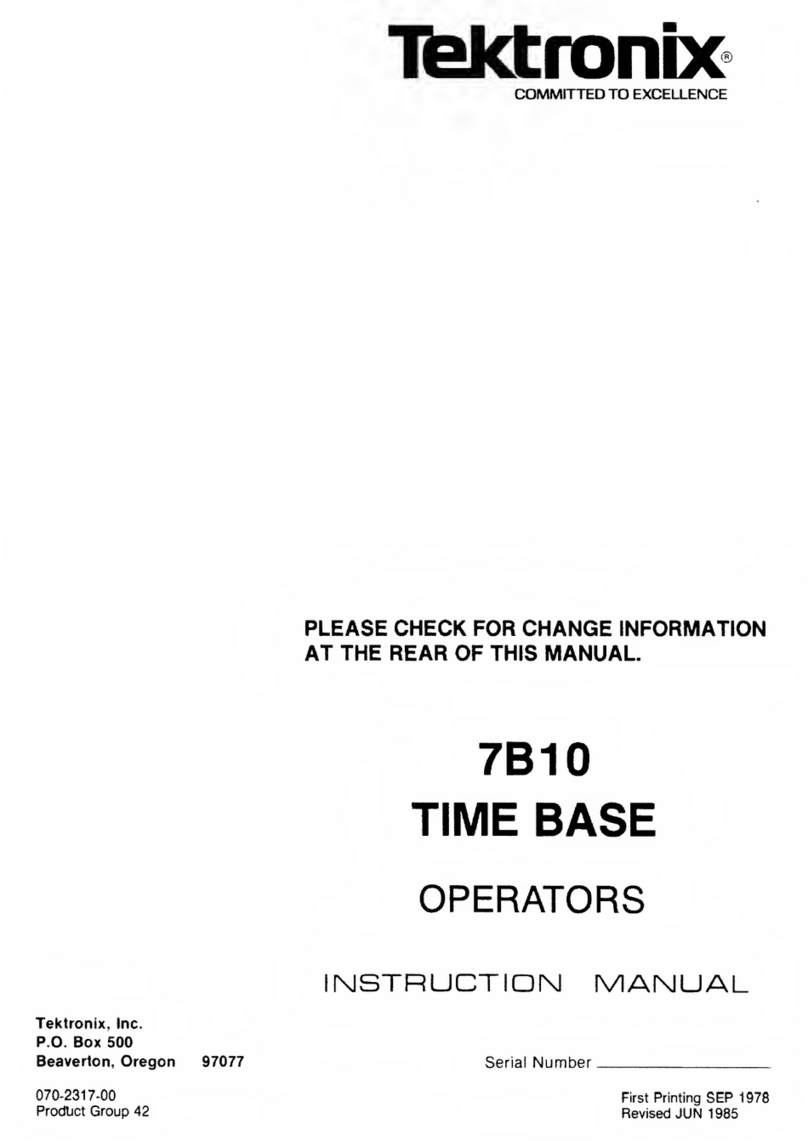
Tektronix
Tektronix 7B10 User manual

Tektronix
Tektronix 7B53N User manual
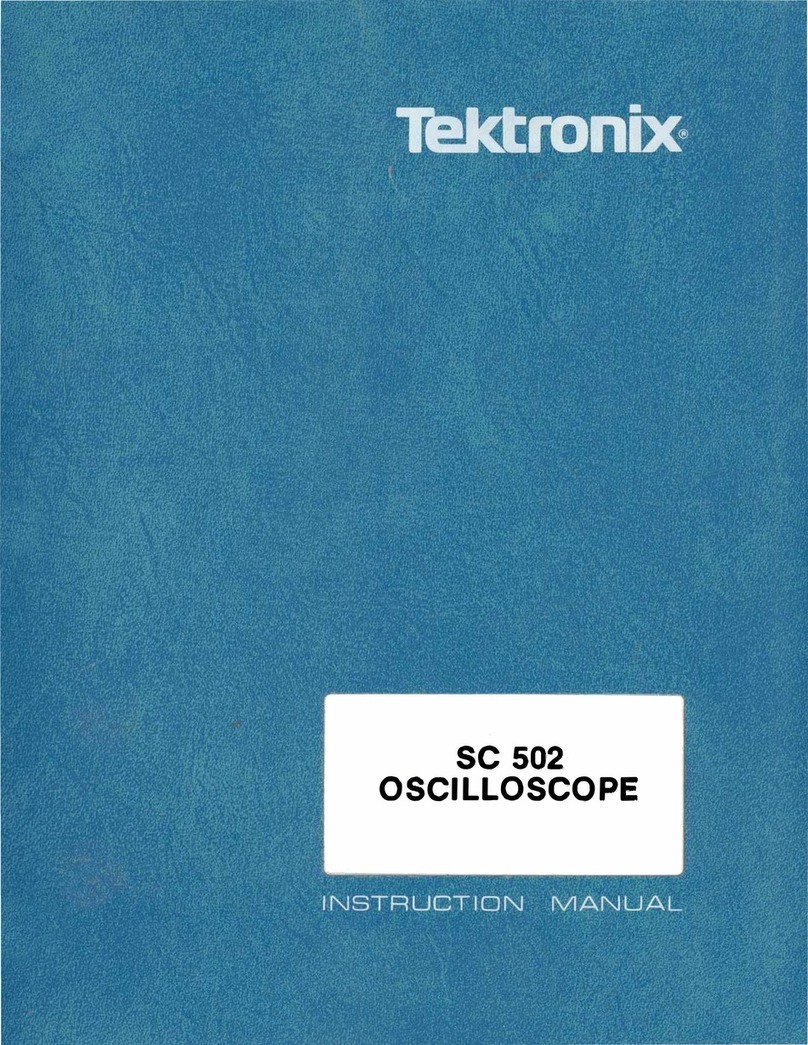
Tektronix
Tektronix SC 502 User manual
Popular Test Equipment manuals by other brands

Redtech
Redtech TRAILERteck T05 user manual

Venmar
Venmar AVS Constructo 1.0 HRV user guide

Test Instrument Solutions
Test Instrument Solutions SafetyPAT operating manual

Hanna Instruments
Hanna Instruments HI 38078 instruction manual

Kistler
Kistler 5495C Series instruction manual

Waygate Technologies
Waygate Technologies DM5E Basic quick start guide

StoneL
StoneL DeviceNet CK464002A manual

Seica
Seica RAPID 220 Site preparation guide

Kingfisher
Kingfisher KI7400 Series Training manual

Kurth Electronic
Kurth Electronic CCTS-03 operating manual

SMART
SMART KANAAD SBT XTREME 3G Series user manual

Agilent Technologies
Agilent Technologies BERT Serial Getting started
